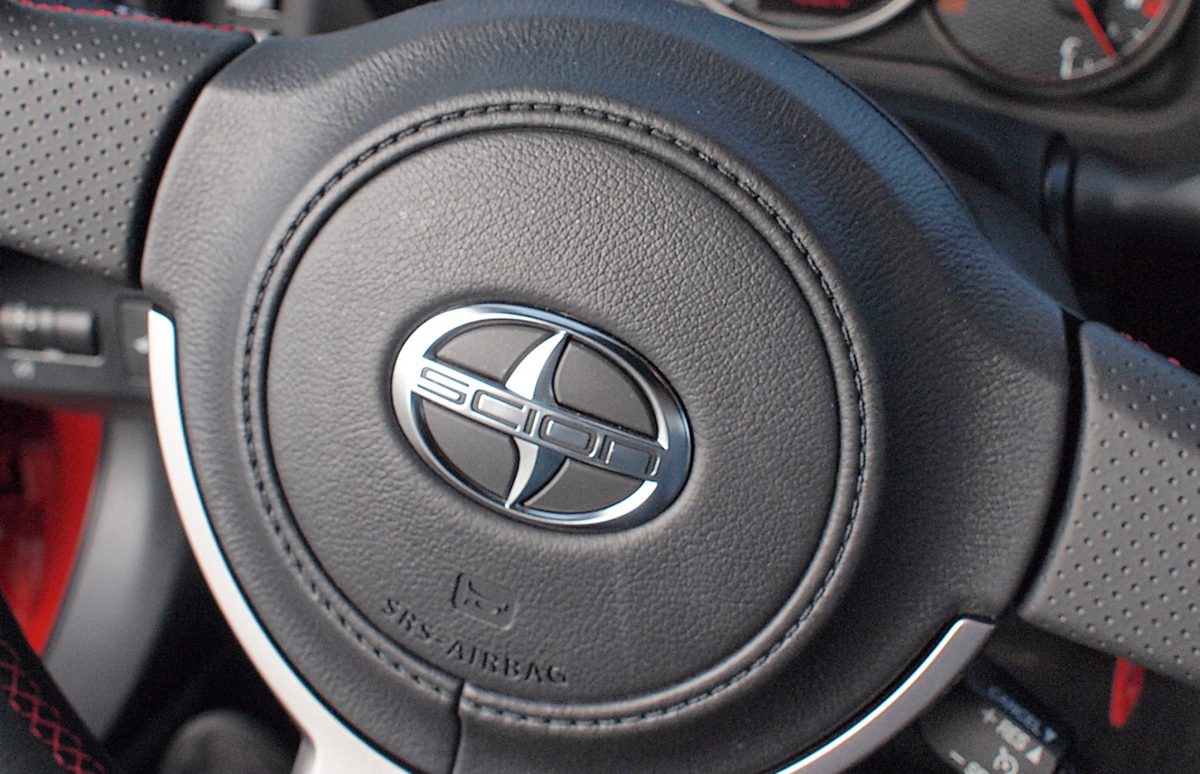OpenRoad's vehicle airbag FAQ


When it comes to early vehicle safety devices, the seatbelt was the first on the scene, with the version closest to what we know today starting to appear approximately 60 years ago. The next big lifesaving device was the airbag, introduced in the 1980s. Nobody wants to meet an exploded airbag up close and personal, but if something unfortunate happens on the road you’ll be glad it’s there — especially since according to recent statistics it can reduce the risk of a fatality from a direct frontal collision by as much as 30 per cent. We address the most popular questions about the airbag in the following FAQ.

What are airbags?
An airbag is made from a stretchy nylon fabric that is compacted and placed throughout the vehicle, commonly found inside the steering wheel, the front dashboard, and increasingly in other spaces like the seats, pillars and door panels. When an accident is detected, the bags fill up with air providing a cushion for occupants.

Why airbags?
In simple physics, moving objects have momentum, travelling at a given speed and direction unless stopped by another object. For instance, if you’re driving and suddenly veer off the street and hit a pole, the vehicle comes to a stop, but anything inside that’s unrestrained will continue to move forward at the same speed. Airbags, working in tandem with seat belts as part of a supplementary restraint system (SRS), help to decrease the momentum of passengers.
How do they work?
The system is made up of three main parts: the bag itself, the sensor, which tells the airbag when to inflate, and the inflation mechanism containing reactive chemicals. When combined, nitrogen gas is formed causing the bag to fill up at an extremely fast rate. The gas then dissipates through tiny holes in the fabric and the airbag deflates.

In what situation do airbags deploy?
Airbags are activated when a collision occurs equivalent to colliding with a brick wall at about 16 to 24 km/h.

At what speed do they deploy?
Airbags can inflate as quickly as as 320 km/h, in the span of 1/25th of a second. That’s literally faster than a blink of an eye.
Are there any safety concerns?
Adults ideally should leave a minimum distance of 250 millimetres between their chest and the concealed airbag to ensure proper operation. There have been some concerns with airbag safety when it comes to children sitting in the front passenger seat, but most modern vehicles have a feature that will disable functionality if an occupant under a certain weight threshold is detected. It’s recommended that kids under 12 ride in the back buckled into an age-appropriate car seat.


